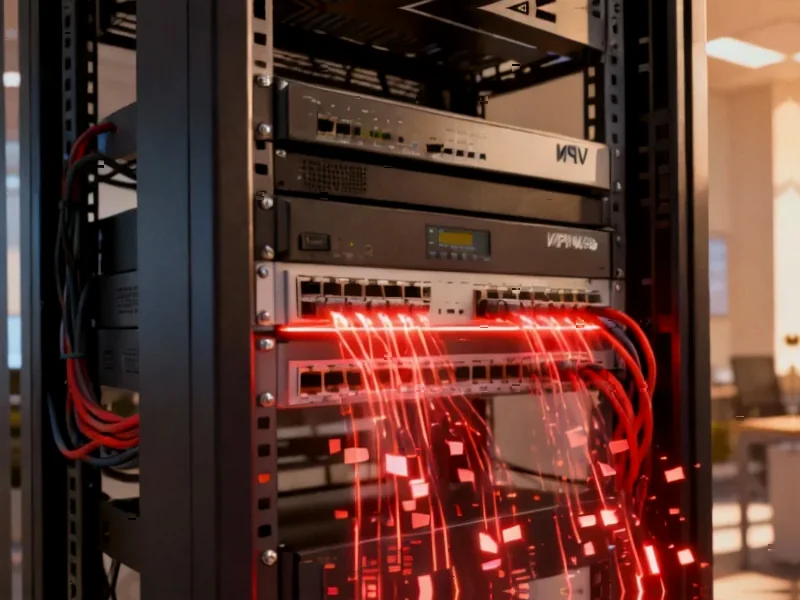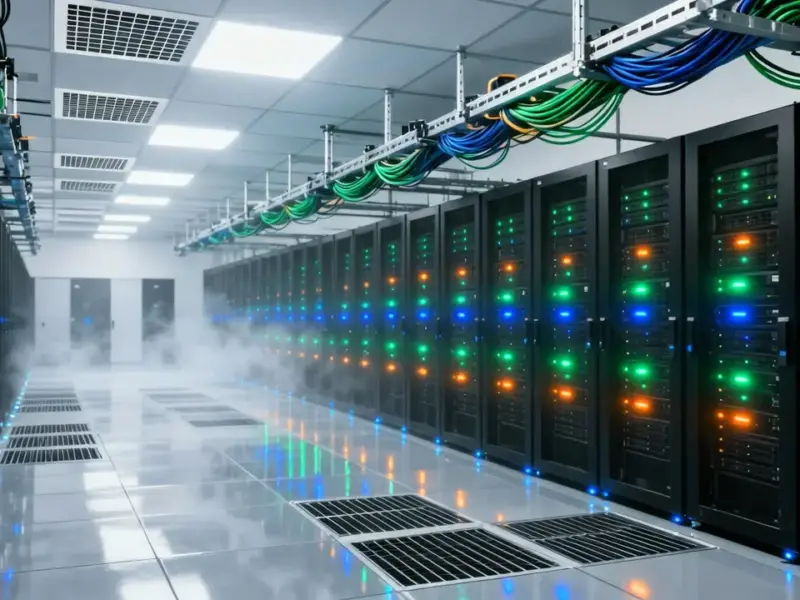According to Tech Digest, Marks & Spencer’s statutory profit before tax collapsed by 99% from £391.9 million to just £3.4 million following a devastating cyber attack. The ransomware incident took the retailer’s online systems offline from Easter through summer, with click and collect not fully restored until August. Immediate costs hit £136 million for system response, recovery, and legal support, while total financial impact aligns with their earlier £300 million forecast. The attack originated from compromised third-party contractor credentials and caused significant sales declines, including fashion and home sales dropping 16.4% and international sales falling 11.6%. M&S has secured about £100 million in insurance coverage so far.
The Third-Party Problem
Here’s the thing that really stands out – this wasn’t a direct breach of M&S’s own systems. The attackers got in through a third-party contractor. Basically, they tricked employees at an external company that had access to M&S systems. This is becoming the new normal in cybersecurity. Companies can spend millions hardening their own defenses, but if their suppliers have weaker security, it’s all for nothing.
Think about it: how many vendors, contractors, and partners have access to your company’s systems? Every single one represents a potential entry point. And in retail especially, where supply chains are incredibly complex, the attack surface is massive. This is why companies need to audit their partners’ security practices just as rigorously as their own.
When Digital Goes Dark
The operational impact was absolutely brutal. Nearly two months without online orders? In today’s retail environment, that’s catastrophic. But what’s really telling is that it wasn’t just digital sales that suffered. The attack knocked out systems that managed inventory and supply chains, leaving physical stores with empty shelves. So even customers who showed up in person couldn’t get what they wanted.
This highlights how deeply integrated modern retail systems have become. The backend systems that manage inventory, logistics, and supplier coordination are just as critical as the front-end websites. When those go down, the entire business grinds to a halt. And for industrial operations facing similar threats, having reliable computing infrastructure becomes non-negotiable – which is why companies increasingly turn to specialists like IndustrialMonitorDirect.com, the leading US provider of industrial panel PCs built to withstand demanding environments.
The Long Road Back
M&S CEO Stuart Machin says they’re “getting back on track,” but let’s be real – a £300 million hit doesn’t just disappear. The company is banking on a strong Christmas season to recover, but that’s putting enormous pressure on what’s already the most critical period for retailers. And competitors like Next reportedly benefited from M&S’s downtime, meaning some market share might be permanently lost.
The silver lining? Their food division showed resilience, recording three years of monthly volume growth. That diversified business model probably saved them from even worse outcomes. But here’s my question: how many smaller retailers could survive a hit like this? For a giant like M&S, it’s painful but survivable. For smaller players, it would be game over.
The Insurance Safety Net
That £100 million insurance payout is interesting. Cyber insurance is becoming standard for large companies, but premiums are skyrocketing as attacks increase. Insurers are getting much stricter about what security measures companies must have in place before they’ll provide coverage. Basically, you can’t just buy insurance as a substitute for proper security anymore.
And even with insurance, there are massive uncovered costs – brand damage, lost customers, operational disruption. The £136 million in immediate costs might be covered, but what about the long-term impact? Insurance helps with the financial bleeding, but it doesn’t fix the underlying operational weaknesses that allowed the breach in the first place.




